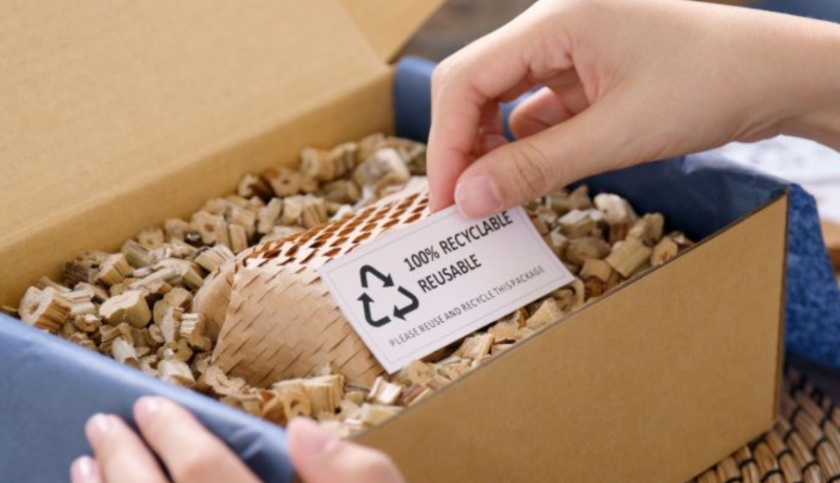Exactly 50 days since Hawaii Governor David Ige’s signing of Act 104 revamped the sale and distribution of sunscreen products in the state, one might think that life in the “Paradise of the Pacific” would be, well, pacific. However, despite the ban on sunscreens that contain oxybenzone and octinoxate, all is not tranquil in the island state, as research has posited that the mineral-based replacements that rely on titanium oxide and zinc oxide might not limit the harm to coral reefs that prompted the initial ban.
Act 104 prohibites the sale, offer of sale, and distribution of #sunscreens that contain the chemicals #oxybenzone and #octinoxate in #Hawaii. Click for press release: https://t.co/CgoadFhPLv || #SaveOurReefs #SaveOurOcean #HIGov #HINews pic.twitter.com/puuJsmetpa
— Office of the Governor, State of Hawai`i (@GovHawaii) July 4, 2018
Promo Marketing applied itself to addressing this matter in May, with July 3 yielding Ige’s decision to halt the proliferation of the offending organic compounds. While their ban will not take effect until Jan. 1, 2021, the knowledge that they will no longer wreck reefs come that date certainly registers as a win for environmental enthusiasts. Also, the 28 months between now and then will give any affected promotional products industry figures ample time to modify any campaigns they have in mind that might include sunscreens, or even face lotions, that rely on the impending banned substances.
However, Forbes relayed analysis by Dr. Jérôme Labille, whose efforts showed that titanium oxide likewise can cause damage, owing to its becoming toxic under ultraviolet light and/or in seawater. Zinc oxide does not receive a pass either, as the Forbes piece notes findings by marine ecotoxicologist Brittany Cunningham that say the inorganic compound, when placed in sunscreen, could jeopardize sea urchins. It also includes her assessment that though manufacturers dub zinc-and-titanium-containing sunscreens as “reef safe,” no U.S. agency has regulated such a claim, meaning that although oxybenzone and octinoxate will cease to disturb the Pacific Ocean relatively soon, there might still be uneasy waters if further looks at the oxides do not occur.
Given that Ige’s signing occurred only seven weeks ago, one could argue that it would not put too much stress on the powers that be to order additional analysis of the titanium and zinc compounds, which, along with their sunscreen presence, also often end up in such goods as cosmetics, paper and personal care products. Whether that will occur remains a mystery, but the Forbes article ends with an interesting point that might have bearing on the apparel world. It notes that, “For now, the only non-chemical solution that prevents skin damage and additional harms to the ocean is wearing clothing with a high ultraviolet protection factor.” As 2021 approaches and as more calls for looking at titanium’s and zinc’s merits might occur, might it make great business and environmental sense for suppliers and distributors to give such garments more attention as components of product lines?


